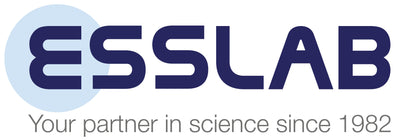Method for Pd, Rh, Cu, and Li
- Home
- Method for Pd, Rh, Cu, and Li
- Inorganic Ventures Tech Centre
- Technical questions answered
- Measurement and Results
- Method for Pd, Rh, Cu, and Li
Advice By Paul Gaines, Ph.D
We are currently developing a method for Pd, Rh, Cu, and Li. We have previously used an yttrium internal standard, but have been receiving samples with a residual basic pH that has caused problems with our runs, ending with the exclusion of the internal standard yttrium. I then saw on this site that yttrium and basicity to not get along. Do you have any advice on other possible internal standards that work fine in a variety of pH?Since you are using Y already it would be a shame to switch. If you could complex the Y with EDTA i.e. add EDTA to your final solution then it will hold Y in solution at PH values up to 11.0. If your pH is in the 7-11 range this may be worth a try. If you pH can go up to as high as 12.5 to 13 then DTPA will keep the Y in solution (diethylenetriaminepentaacetic acid). It is not a good idea to switch internal standards unless absolutely necessary.
Serving you in chemistry,
Paul R. Gaines, Ph.D.
CEO of Inorganic Ventures
DISCLAIMER: Advice offered by the chemists at Inorganic Ventures is intended for the individual posing the question.
Shopping cart
close
-
WHAT ARE YOU LOOKING FOR?Search
- Login / Register
- Reference Materials
- Liquid Handling
- Chromatography and Spectroscopy
- Testing
- Labware
- Resources
- Wishlist (0)
- Compare (0)
- Contact Us
